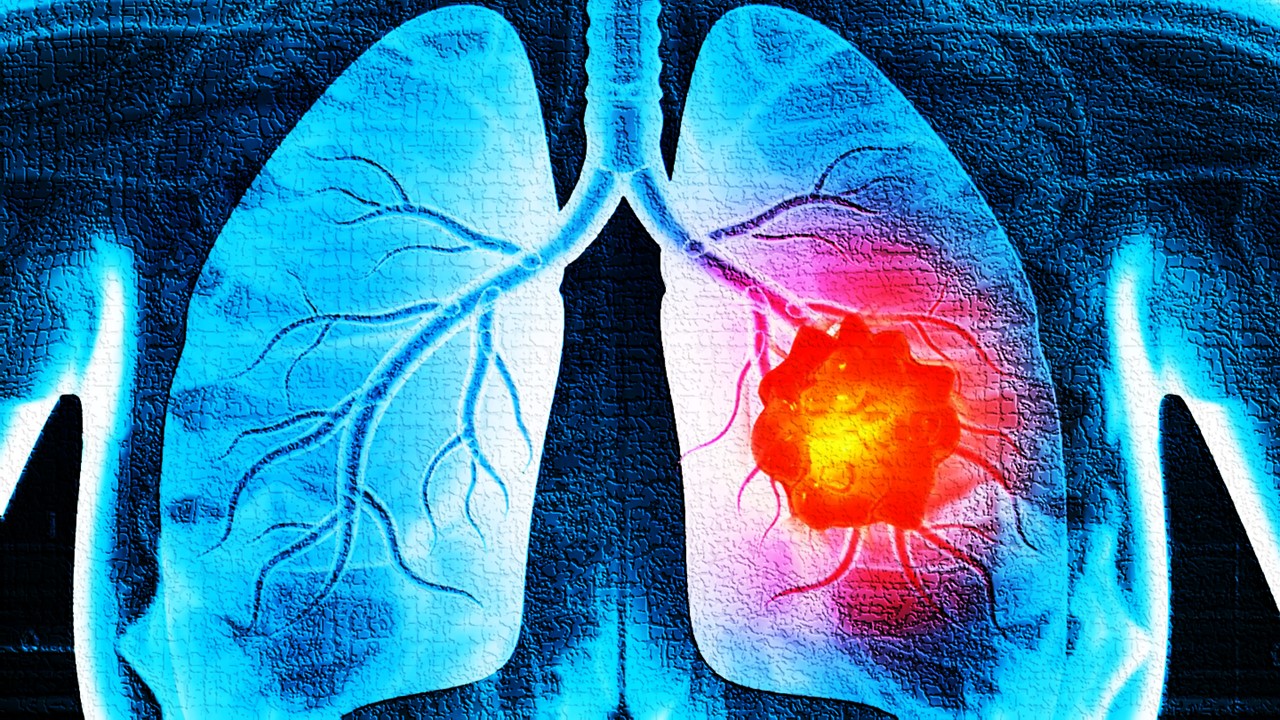The search for cancer diagnostics that can detect tumors early and with minimal invasiveness has been a long one. Traditional biopsies are not only time-consuming, but they require direct access to the tissue. Novel techniques have focused on biomarkers found in blood, as well as cutting-edge technology that can divine the signs of cancer from within cell-free nucleic acids such as circulating tumor DNA or microRNA. Yet other methods are also possible – new, and old, research has shown the viability of detecting tumors through smelling volatile compounds released by patients that are associated with disease.
Scent as a Biomarker
The idea that a disease can change the scent of an individual is not new. For example, it is well known that ketone levels are elevated in patients with diabetes. Ketones produce distinctive olfactory sensations, which can lead to bad breath and different urine scents – leading to scents similar to acetone, rotten fruit or metal. Relatedly, a woman made headlines when she characterized her husband’s change in smell. Her husband was later diagnosed with Parkinson’s Disease, and she found that other Parkinson’s patients had a similar scent to his. Scientists later pinpointed that this unique scent profile was produced by elevated levels of eicosane, hippuric acid and octadecanal on skin. Her ability to notice her husband’s change in scent over a decade prior to his diagnosis underscores the potential for early diagnoses using volatile biomarkers.
Cancer, being a multifaceted disease, may seem more complex to characterize through smell compared to diabetes and Parkinson’s. Its widespread effects on the body can vary across individuals, tumor types and genetics. However, studies focusing on specific cancers have investigated the ability to train dogs to detect the disease. Canines have been used throughout history for their exceptional olfactory sense – and even made headlines when they were used in trials to detect COVID-19. Extensive trials have similarly demonstrated their capabilities to competently detect multiple cancers, as documented in a review of all relevant literature up to 2010. These include 88% sensitivity to detecting breast cancer through exhaled breath, 99% in lung cancer using exhaled breath, 75%+ detection success for melanoma and 100% for ovarian cancer. Up until that point, results in prostate and bladder cancer were less promising, with significantly less than half of cancers detected.
Dogs, Machines, Worms and Beyond
Cancer detection using canines has much improved since then, with trained dogs offering a much more cost-efficient alternative to screening – while also making earlier detection possible. Yet dogs come with other disadvantages – the need to maintain units of appropriately trained and kept animals, and performance can vary widely between different dogs. Research has focused on honing in on the exact compounds that produce the changes in smell – so called Volatile Organic Compounds (VOC). eNoses, or electric noses, have been developed to detect these odor-altering VOCs – primarily using mass spectrometry. In a recent study comparing the performance of dogs with eNose technology, the latter proved more effective and reliable in screening for cancer – particularly across different materials used to hold breath samples.
eNOSE technology can also be combined with Artificial Intelligence (AI) to enhance its performance. One such study, carried out at the University of Pennsylvania, was able to detect VOCs emitted from blood and plasma cells in ovarian and pancreatic cancer patients – as well as differentiate between VOCs from benign tumors and those from cancer. The device showed 95% accuracy in detecting ovarian cancer, and 90% for pancreatic cancer. The findings hold transformational potential – pancreatic cancer remains the most lethal form of cancer. This is due to the very few symptoms produced early in the disease when resection is a viable and curative treatment, resulting in late diagnosis. Combined with the propensity of pancreatic malignancies to form fibrous tissue as they grow – which makes them highly treatment resistant, ways to detect the disease earlier hold immense potential for improving survivability.
Another organism that holds potential for detecting cancer is Caenorhabditis elegans, the roundworm used as a model organism for research across the world. Studies have shown the worms can exhibit attraction towards tumor cells – with rates as high as 81% in detecting prostate cancer from urine samples. In research work yet to be released, scientists developed a “worm-on-a-chip” technology that uses the worms to distinguish between cancerous lung cancer cultures and health lung cells, with early results showing a 70% rate of detection using the technique. Unlike other animal detection methods, the C. elegans requires no training – although we do not fully understand why they find certain VOCs inherently attractive. It is possible that they smell similar to their favorite foods.
New research has also shown that ants can be trained to sense VOCs released by cancer cells, providing a significantly cheaper alternative to dogs that requires less infrastructure to support. The method remains in very early stages, with ants only proven to be able to distinguish odors between similar cells – but human bodies contain myriads of different cells. Scientists hope to expand the scope of their work to scents produced directly by the body, rather than single cell type comparisons.
Future Developments
VOCs as biomarkers are underexplored in the industrial setting – with the majority of research work being carried out through academic research teams as well as international consortia. However, current and past research has proven that the method can be reliable, time-saving, cost-cutting and life-extending. Partnerships in recent years have shown that this may be about to change – with companies such as Owlstone, which focuses on breath analysis, making multiple partnerships with large pharmaceutical companies such as AstraZeneca, GSK, Roche and others. One of the main concerns for industry is the monetization model of such technologies – understandably, eNOSE technology is easier to develop in a proprietary manner that leads to a patent compared to training animals that are available across the world.
Regardless, work in the area has shown the potential to track cancer through a new avenue – which would complement our established knowledge in traditional and liquid biopsies. This would provide a more holistic toolkit to enable quicker and more agile diagnostics that can catch the disease early – one of the largest determinants to cancer outcomes.
Nick Zoukas, Former Editor, PharmaFEATURES
Join Proventa International’s Oncology Strategy Meeting in San Francisco to hear more on the latest developments in biomarker technology and clinical trials across the field of oncology. Forge new collaborations through scientific discourse in closed roundtable formats with leading industry stakeholders!

Subscribe
to get our
LATEST NEWS
Related Posts

Immunology & Oncology
The Silent Guardian: How GAS1 Shapes the Landscape of Metastatic Melanoma
GAS1’s discovery represents a beacon of hope in the fight against metastatic disease.

Immunology & Oncology
Resistance Mechanisms Unveiled: The Role of Glutathione S-Transferase in Cancer Therapy Failures
Understanding this dual role of GSTs as both protectors and accomplices to malignancies is central to tackling drug resistance.
Read More Articles
Myosin’s Molecular Toggle: How Dimerization of the Globular Tail Domain Controls the Motor Function of Myo5a
Myo5a exists in either an inhibited, triangulated rest or an extended, motile activation, each conformation dictated by the interplay between the GTD and its surroundings.
Designing Better Sugar Stoppers: Engineering Selective α-Glucosidase Inhibitors via Fragment-Based Dynamic Chemistry
One of the most pressing challenges in anti-diabetic therapy is reducing the unpleasant and often debilitating gastrointestinal side effects that accompany α-amylase inhibition.













